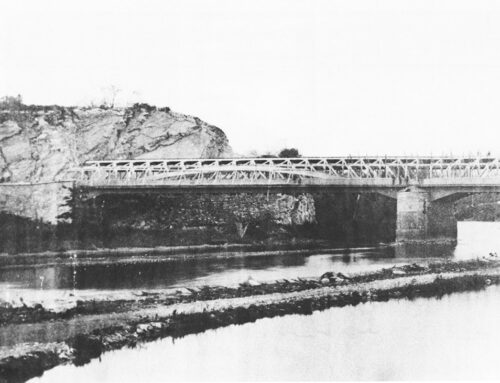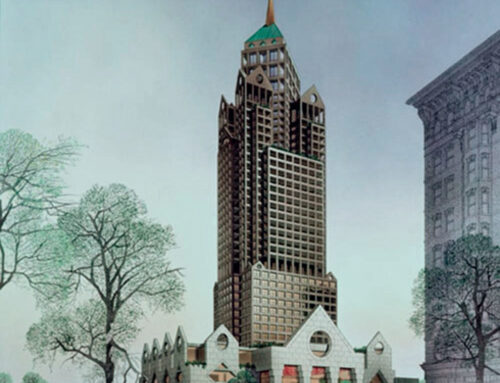The White Chapel was built forty-seven years before it became part of Albright College.

In 1836, Jonathan E. Deininger built Linden Hall, a mansion on a 4 1/2-acre estate at 13th & Exeter streets. The Central Pennsylvania Diocese of the Protestant Episcopal Church purchased the Deininger estate for $14,800 in 1875. The church established the Episcopal Diocesan School for Boys, also known as Selwyn Hall Academy, on the property.
In 1882, Selwyn Hall Academy built a one-story brick building called Howe Hall – named for Bishop M.A. DeWolfe Howe – which was the first floor of what would become known as White Chapel. A second story was added six years later. It became known as “the chapel” when Schuylkill Seminary purchased the property from Selwyn Hall Academy in 1902. A senior class gifted a clock and bell tower in 1914. The clock was manufactured by the Howard Clock Co. of New York and the bell came from the Meneeley Bell Co. in Troy, N.Y.

Subsequently, the chapel area was enlarged and stained-glass windows were installed. The building was hit by fire in 1932 and 1944. Though its color schemes changed, it has been known as White Chapel since about 1956.
Over the years, it has served as a chapel, dormitory, science lab and art department facility. Students and faculty successfully fought an attempt to demolish the building in the late 1970s. After the art department moved out in 1990, the building remained vacant and used primarily for storage. A 2012 report commissioned by Albright’s board of trustees found that the building had serious structural deficiencies. In 2015, work crews demolished the 133-year-old structure.








Leave A Comment